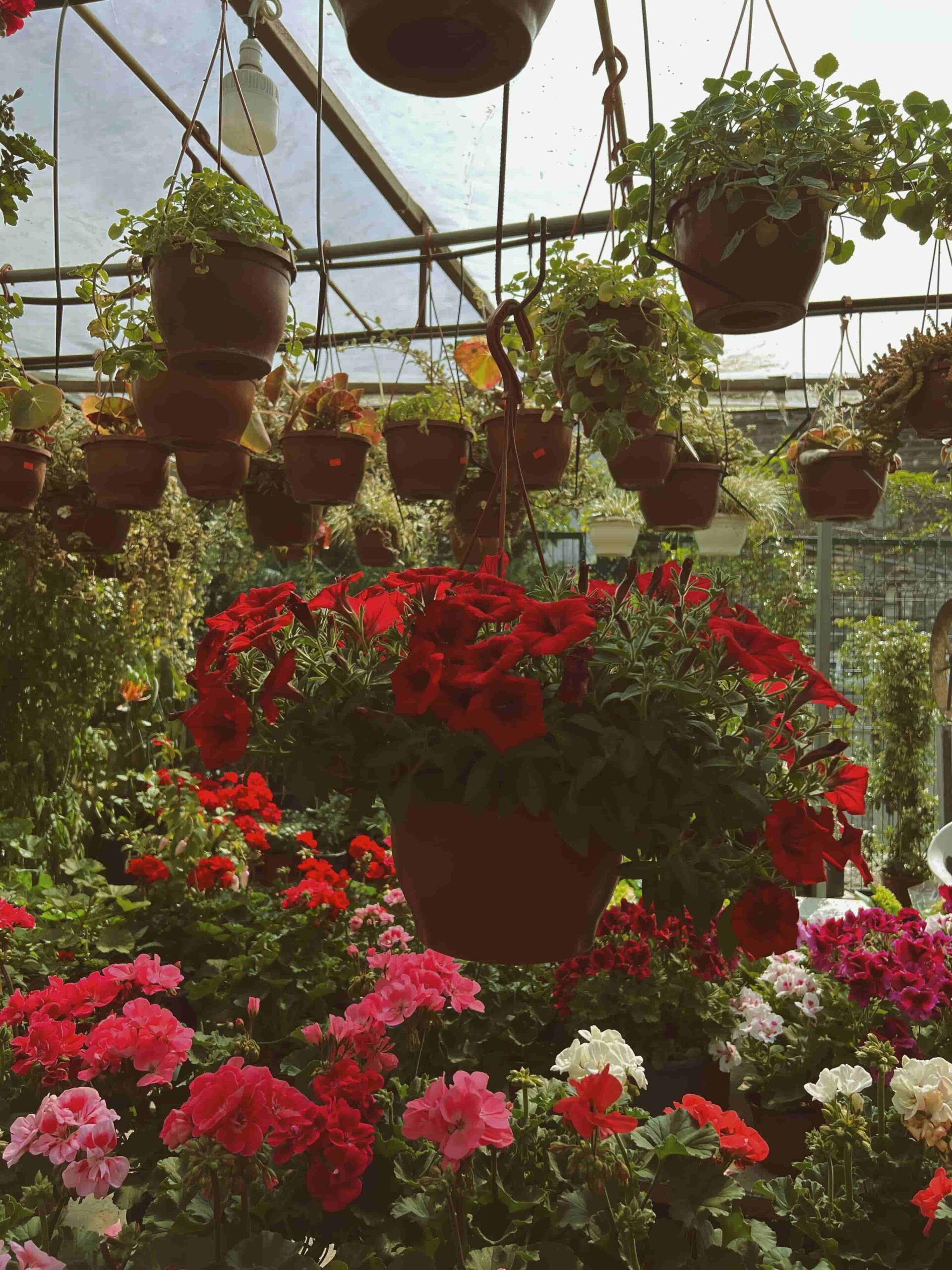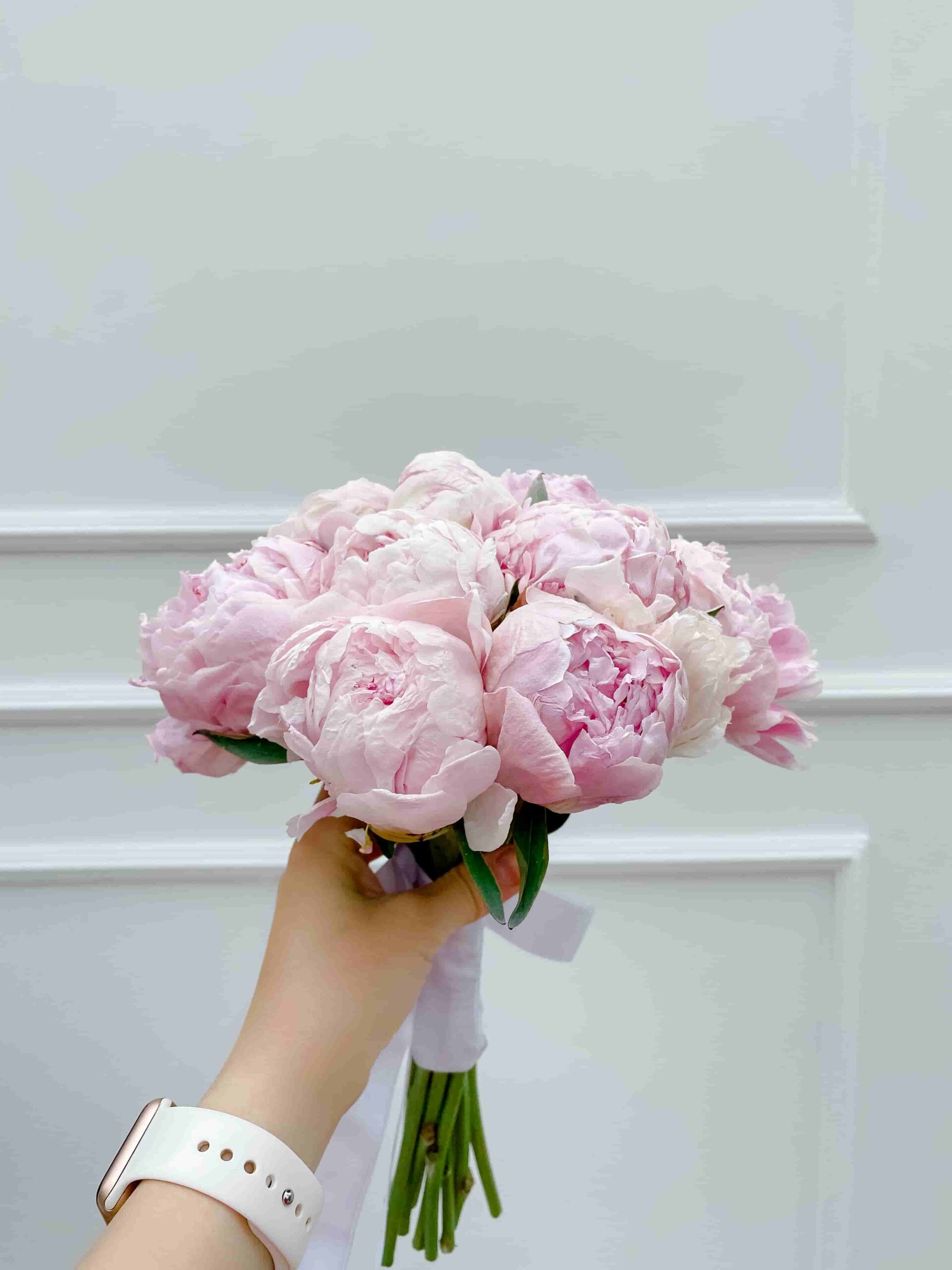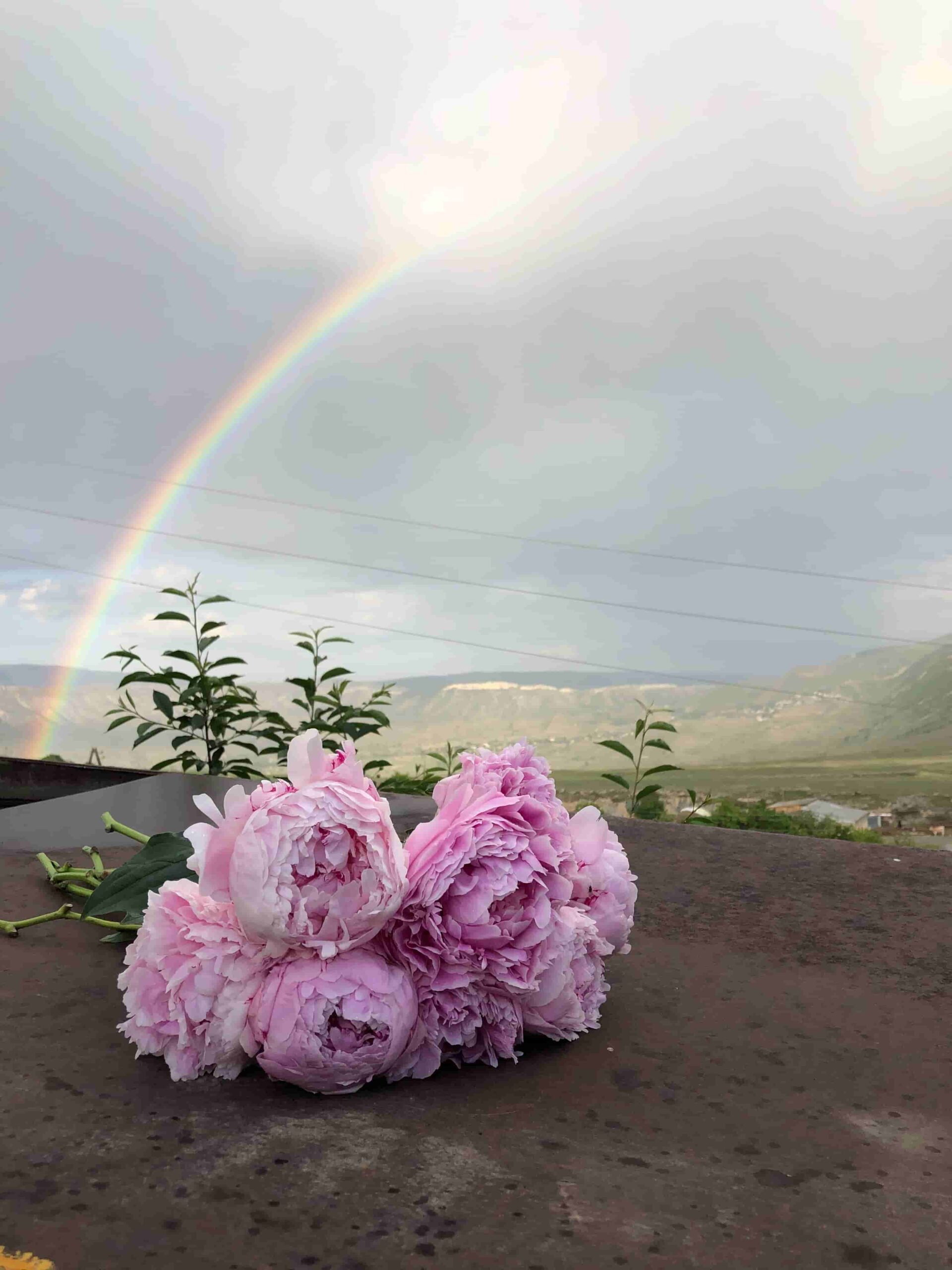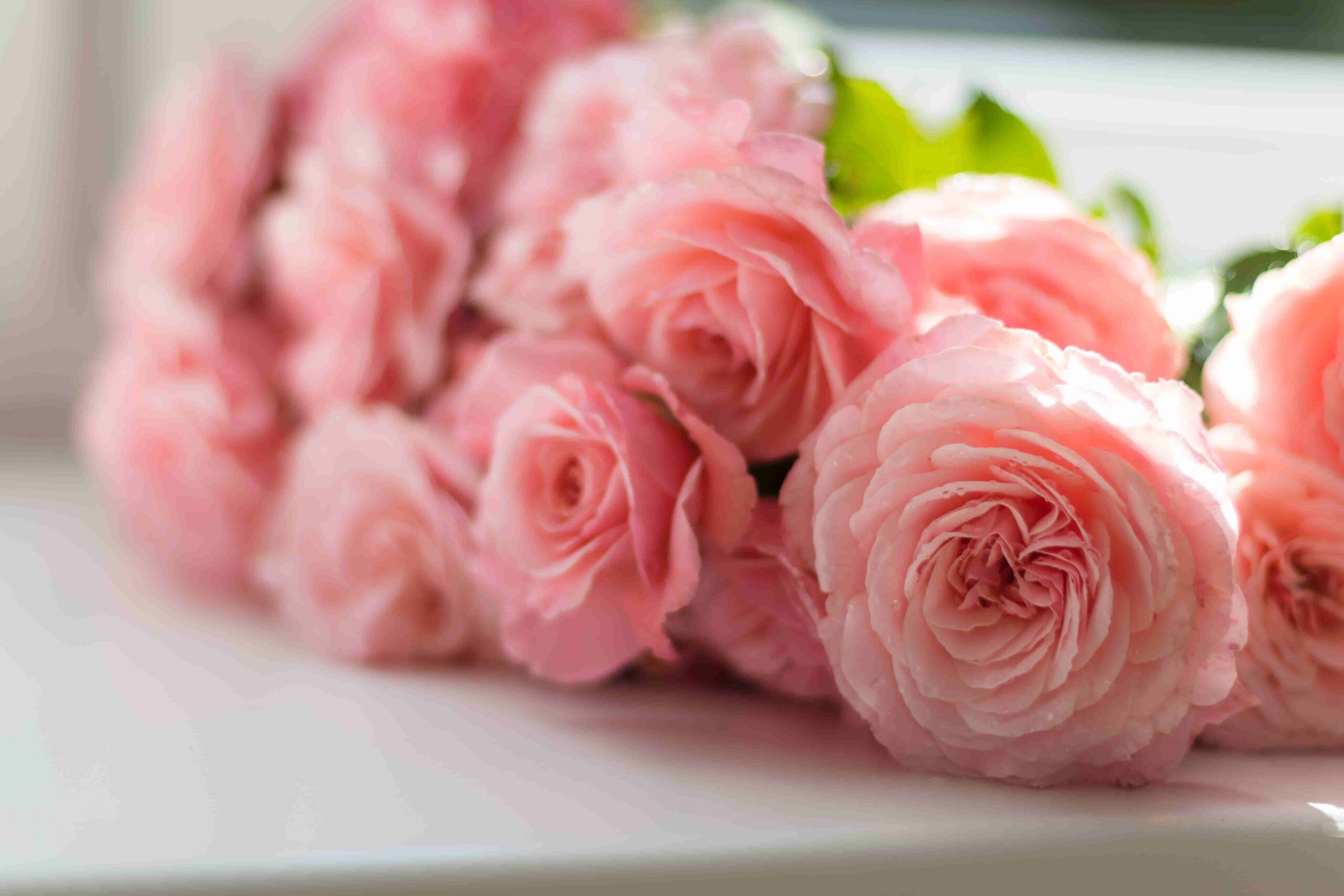परिचय
Peonies, often referred to as the “Queen of Flowers,” are renowned for their stunning beauty and captivating fragrance. With their lush blooms and diverse color palette, these flowers have become a beloved choice for garden enthusiasts and florists alike. In this article, we will explore the fascinating world of peonies, from their history and cultivation to their symbolic meaning and popular varieties. Join us on this floral journey as we delve into the enchanting realm of these flowers.
विषयसूची
- परिचय
- 1. The History and Origins of Peonies
- 2. Cultivating Peonies: A Labor of Love
- 3. A Kaleidoscope of Colors: Popular Peony Varieties
- 4. The Symbolic Meaning of Peonies
- 5. Tips for Growing and Caring for Peony plants
- 6. Peonies in Art and Literature
- 7. The Allure of Peonies in Wedding Bouquets
- 8. Peonies: A Source of Natural Remedies
- 9. Peony Festivals and Celebrations Around the World
- 10. The Future of Peonies: Innovation and Hybridization
- निष्कर्ष
- Frequently Asked Questions (FAQs)
1. The History and Origins of Peonies
Peonies have a rich history that spans centuries and continents. Originating in Asia, these captivating flowers were first cultivated in China over 2,000 years ago. Revered for their beauty and medicinal properties, these flowers quickly became a symbol of wealth, honor, and prosperity in Chinese culture. From China, the love for peonies spread to Japan and eventually reached Europe, where they gained popularity among royalty and aristocracy.
2. Cultivating Peonies: A Labor of Love

Growing peony plants requires patience and dedication. These perennial plants thrive in temperate climates and prefer well-draining soil with ample sunlight. Before planting, it is crucial to prepare the soil by incorporating organic matter and ensuring proper drainage. Peony plants should be planted in the fall, allowing their roots to establish before the arrival of spring. With regular care, including watering, fertilizing, and pruning, peonies can reward you with breathtaking blooms year after year.
3. A Kaleidoscope of Colors: Popular Peony Varieties
Peonies come in a wide array of colors, ranging from delicate whites and soft pinks to vibrant reds and rich purples. Some popular peony varieties include:
- Sarah Bernhardt: A classic pink peony with fragrant, double blooms.
- Bowl of Beauty: A stunning variety featuring pink outer petals and a creamy center.
- Festiva Maxima: Known for its large, pure white flowers with a crimson flecked center.
- Coral Charm: Unfolding as a coral-pink bud, this peony transforms into a vibrant, apricot-colored bloom.
- Bartzella: A hybrid peony with lemon-yellow flowers and a delightful fragrance.
4. The Symbolic Meaning of Peonies

Peony flowers hold significant symbolic meanings across various cultures. In Chinese tradition, peonies symbolize prosperity, honor, and beauty. They are often associated with good fortune and happy marriages. In Western cultures, these flowers represent romance, compassion, and a happy life. These captivating flowers are frequently gifted on special occasions such as weddings, anniversaries, and birthdays, conveying messages of love, friendship, and good wishes.
5. Tips for Growing and Caring for Peony plants
To ensure the health and vitality of your peonies, here are a few essential tips:
- Plant peonies in a location that receives at least six hours of direct sunlight.
- Provide well-draining soil enriched with organic matter.
- Water peony plant deeply but avoid overwatering to prevent root rot.
- Support tall peony varieties with stakes or cages to prevent them from toppling over.
- Remove faded flowers to stimulate fresh growth and extend the period of blooming.
6. Peonies in Art and Literature
Peonies have long inspired artists and writers around the world. From ancient Chinese paintings to modern-day poetry, these exquisite flowers have been celebrated for their elegance and grace. In Western art, these flowers have often been depicted as symbols of femininity, beauty, and prosperity. Their intricate petals and vibrant colors make them a popular subject for still-life paintings and floral arrangements.
7. The Allure of Peonies in Wedding Bouquets

These have become a sought-after choice for wedding bouquets due to their romantic appeal and luxurious appearance. Brides are captivated by their lush blooms, delicate fragrance, and the wide range of colors available. Whether used as the focal point or mixed with other flowers, peony flowers add a touch of elegance and sophistication to any bridal arrangement, making them a cherished symbol of love and new beginnings.
8. Peonies: A Source of Natural Remedies
Beyond their aesthetic appeal, peonies have also been used for their medicinal properties. In traditional Chinese medicine, peony roots have been utilized to alleviate pain, reduce inflammation, and calm the mind. These roots contain compounds with anti-inflammatory and antioxidant effects, making them valuable in herbal remedies. Additionally, peony extracts are found in skincare products for their soothing and rejuvenating properties.
9. Peony Festivals and Celebrations Around the World
Peony festivals and celebrations take place in different parts of the world, showcasing the beauty and cultural significance of these enchanting flowers. One notable event is the Luoyang Peony Festival in China, where millions of peony flowers in various colors and shapes create a mesmerizing display. In the United States, the National Peony Festival in Indiana attracts visitors from far and wide to admire the vibrant peony blooms and participate in related activities.
10. The Future of Peonies: Innovation and Hybridization

As the love for peony flowers continues to grow, breeders and horticulturists are constantly pushing the boundaries of innovation. Through hybridization techniques, new peony varieties are being developed, offering unique colors, forms, and enhanced disease resistance. These efforts ensure that these flowers remain a timeless and cherished flower, captivating future generations with their unrivaled beauty.
निष्कर्ष
These flowers truly stand as an exquisite beauty in the world of flowers. From their historical significance to their diverse range of colors and symbolic meanings, these captivating blooms have enchanted people for centuries. Whether adorning gardens, weddings, or artistic creations, peonies are a source of joy and inspiration. So, embrace the allure of peonies and let their splendor grace your life, reminding you of nature’s ability to bring beauty and happiness.
In conclusion, peony flowers embody grace, beauty, and a touch of enchantment. From their historical significance to their vibrant blooms and symbolic meanings, these flowers continue to captivate admirers around the world. By incorporating them into our gardens, celebrations, and artistic endeavors, we invite the essence of natural beauty into our lives. Let the allure of peonies inspire you and bring joy with every delicate petal and intoxicating fragrance they offer.
Frequently Asked Questions (FAQs)
How long do peonies bloom?
Peonies typically bloom for about one to two weeks, depending on the variety and environmental conditions.
Can I grow peony plants in containers?
While peonies are traditionally planted in the ground, they can be grown in large containers. Ensure that the container has good drainage and provides enough space for the peony’s root system to expand.
What are the common pests and diseases that affect peonies?
Peony plants are generally resistant to pests and diseases. However, some common issues include botrytis blight, powdery mildew, and aphid infestations. Proper care, such as providing adequate air circulation and removing affected foliage, can help prevent and manage these problems.
When is the best time to plant peonies?
The ideal time to plant peonies is during the fall, preferably in September or October. This allows the plants to establish their root systems before the arrival of spring.
How do I propagate peonies?
Peonies can be propagated through division. In early fall, carefully dig up the plant and separate the roots into sections, ensuring that each division has at least three to five eyes (buds). Replant the divisions in prepared soil, making sure the eyes are no more than two inches below the soil surface.

